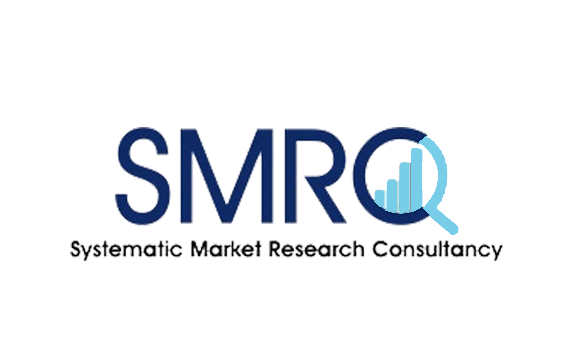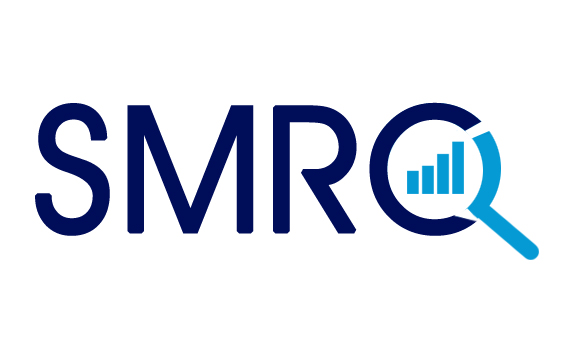Understanding brand perception in different markets is crucial for businesses aiming to succeed in the Middle East. Oman and the UAE, while geographically close, have distinct market dynamics and consumer behaviors that influence how brands are perceived. This blog explores the key differences and similarities in brand perception between these two nations.
Understanding Brand Perception: The Basics
Brand perception refers to how a brand is viewed by its customers and the general public. It is shaped by various factors, including marketing strategies, customer service, product quality, and cultural influences. In markets like Oman and the UAE, where tradition meets modernity, brand perception can significantly impact a company’s success.
Key Differences in Brand Perception: Oman vs. UAE
- Cultural Influence on Brand Perception
Oman: Oman’s brand perception is heavily influenced by its rich cultural heritage and strong sense of tradition. Consumers in Oman tend to favor brands that respect and incorporate local customs and values. This preference is evident in sectors like fashion, food, and hospitality, where Omani consumers are drawn to brands that resonate with their cultural identity.
UAE: The UAE, particularly Dubai, is a melting pot of cultures, with a more diverse and cosmopolitan consumer base. Brand perception here is influenced by global trends, innovation, and luxury. Brands that are seen as modern, cutting-edge, and internationally recognized tend to have a stronger appeal.
- Consumer Trust and Brand Loyalty
Oman: In Oman, consumer trust is paramount. Brands that demonstrate reliability, consistency, and a commitment to quality tend to build long-term loyalty. Omani consumers are more likely to stick with brands that have established a solid reputation over time.
UAE: In contrast, the UAE’s fast-paced market means that consumers are more open to trying new brands, especially those that offer unique or premium experiences. Brand loyalty exists, but it is often tied to the ability of a brand to continuously innovate and stay relevant.
- Digital Presence and Brand Interaction
Oman: While digital adoption is growing, Oman’s consumers still engage more with brands through traditional media and in-person experiences. Social media and online interactions are becoming more significant, but the pace is slower compared to the UAE.
UAE: The UAE is a highly digitalized market, with consumers frequently interacting with brands online. Social media platforms, e-commerce, and digital marketing play a critical role in shaping brand perception. Brands that leverage these channels effectively are more likely to succeed.
Similarities in Brand Perception
- Importance of Quality
Both Omani and UAE consumers place a high value on quality. Whether in products or services, brands that can consistently deliver high standards are perceived positively in both markets.
- Preference for Global Brands
Despite the differences, both markets have a strong affinity for global brands, particularly those in the luxury segment. In the UAE, global brands are often associated with status and prestige, while in Oman, they are appreciated for their perceived superior quality and reliability.
- Growing Awareness of Social Responsibility
Consumers in both Oman and the UAE are becoming increasingly aware of social and environmental issues. Brands that demonstrate corporate social responsibility (CSR) and contribute to community well-being are viewed more favorably in both countries.
The Role of Market Research
Understanding these nuances requires in-depth market research. For businesses looking to enter or expand in Oman and the UAE, working with top market research companies in Dubai is essential. These companies offer comprehensive market research reports that provide valuable insights into consumer behavior, brand perception, and market trends.
Brand perception in Oman and the UAE presents both challenges and opportunities for businesses. By recognizing the key differences and similarities, brands can tailor their strategies to resonate with consumers in each market. With the support of expert market research firms, companies can navigate these complex markets and build a strong, positive brand image.

